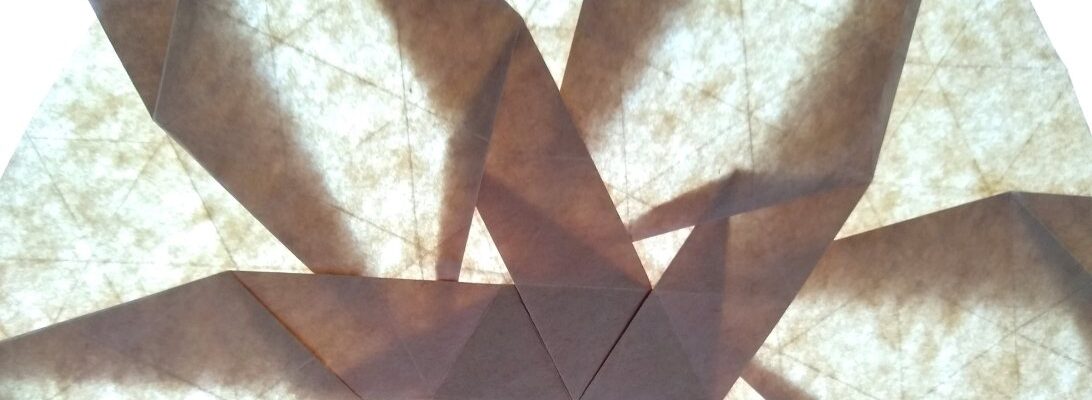Now you are set to sleep in, for the first time in ages right? Your neighbour, bless him, decides this morning is the time to chainsaw and woodchip the hedgerow:
As amusing as this sounds, this actually happened to me this morning. Coincidentally I had just completed Fernando Gilgado’s “Sleeping In” model – seems the universe was conspiring against me. Continue reading















